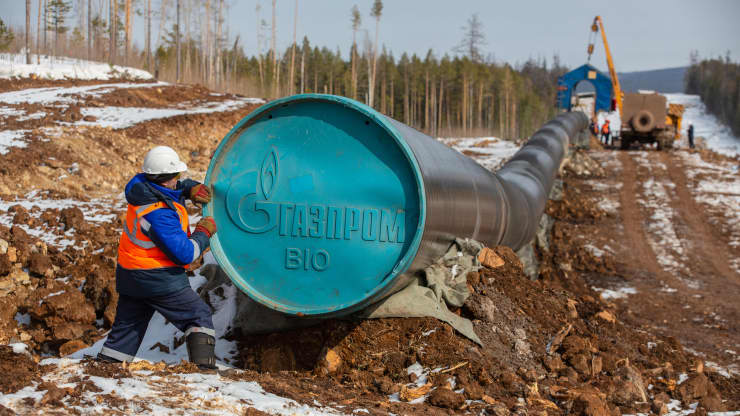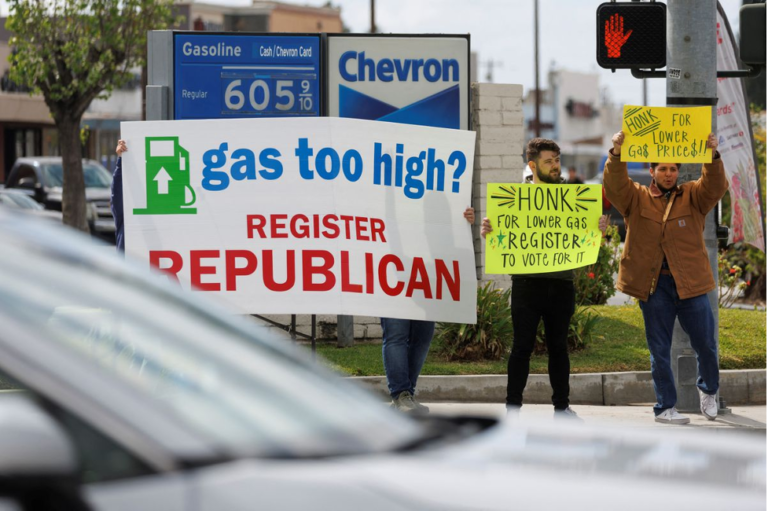
The Intergovernmental Panel of Climate Change has set a 2030 deadline for global emissions to be reduced by half in order to avoid future climate catastrophe. As we march steadily closer to this deadline, conversations about clean energy are increasing. Despite this ominous date being only about eight years in the future, politicians in Germany have dedicated themselves to continuing rolling back nuclear energy as a clean energy alternative, despite the new government in Germany maintaining goals of reaching net-zero emissions by 2045. Why?
Nuclear energy has been a long contentious issue, with both dedicated supporters and opponents alike. Looking at the reasons that supporters give as a case for increased nuclear energy as part of the world’s clean energy plans, it all seems quite obvious: nuclear energy releases less radiation than other major energy sources, can operate at a higher capacity than other energy sources, and importantly releases no carbon into the atmosphere. So why hasn’t everybody signed on?
The first and most obvious aspect are the scars that various nuclear accidents have left. The partial meltdown of a nuclear reactor in Pennsylvania in the Three Mile Island Accident in 1979, the infamous Chernobyl disaster in 1986 that resulted in a number of deaths and massive social disruption, and the recent Fukushima disaster in 2011 are the most notable. All of these incidents, widely covered and impacting many people, have left a black mark on nuclear energy that isn’t likely to go away anytime soon. It is reasonable for people who live near proposed nuclear energy developments to ask: Will another Chernobyl happen in my backyard? Thirty-five years later, and the 1,000 square mile area around Chernobyl is still inhabitable — and likely will remain so for hundreds of years into the future. Collective trauma cannot be easily assuaged, especially on a matter as serious as this.
Other than fear of a nuclear accident, one of the most prominent reasons for opposing nuclear energy is the potentially harmful impact that disposing of radioactive waste can have. As a byproduct of producing energy from uranium, nuclear power plants also produce radioactive waste which must be disposed of. Concerns arise from the extremely long half life of the waste, how the waste can be kept safe and secure for a long period of time, where to store this dangerous material, and the potential for harm to the environment that it brings. Even just one instance of improper disposal could potentially harm not only people, but also millions of other animal and plant species.
Again, this concern is valid. Currently the United States has one nuclear disposal plant in New Mexico, and even this plant has seen accidents — notably in 2014, when radioactive materials leaked out of the plant. In an industry where public trust is already low due to the aforementioned collective trauma that massive nuclear disasters have begun, even an accident like this one — a relatively minor one with minimal health and environmental impact — has the potential to decimate public trust.
But while these concerns are both valid, they must be countered, as nuclear energy is an essential part of the world’s clean energy profile when moving into the future. This is primarily because other main sources of renewable energy such as wind power, solar energy, and hydropower, have scalability concerns. These sources of energy aren’t as adaptable. Wind energy requires large wind farms in select, isolated areas far away from the primary users of energy in major urban areas. Solar energy requires solar farms which are less efficient, take up a lot of space and must be set up in optimal locations. Hydropower dams can only be set up in optimal locations as well, and also has an inevitable large environmental impact on local ecosystems. Additionally, the sources of fuel for these energy alternatives — wind, sun, and water — are intermittent and inconsistent. The wind does not always blow, the sun is often hidden behind clouds, and droughts are a frequent hardship in many areas of the world. Therefore, all of these other renewable energy sources require backup energy sources in the event that their source of fuel remains unavailable for an extended period of time.
This is not to say that these renewable sources of energy should not be used — of course they should, as they are all cleaner than fossil fuels. But relying on them to be the sole providers of energy is an unnecessary risk and perhaps even irresponsible. They can and should be used to supplement power grids across the world, but perhaps not as the backbone.
Nuclear energy, despite prominent disasters such as Three Mile Island, Chernobyl, and Fukushima, is one of the safest sources of energy overall even when including the aforementioned disasters. Compared to 32.72 deaths per terawatt-hour for brown coal, 24.62 deaths per terawatt-hour for black coal, and 18.43 deaths per terawatt-hour for oil, nuclear energy has just 0.07 deaths per terawatt-hour — nearly equalling the 0.04 deaths per terawatt hour for wind, and 0.02 deaths per terawatt hour for hydropower and solar. The data does not lie: when taking into account deaths from disasters, pollution, and accidents, nuclear power is incredibly safe. Additionally, nuclear power plants take up a small amount of space to operate, with a 1,000 megawatt facility needing about 360 times less space than wind farms and 75 times less space than solar farms. Finally, nuclear power is incredibly efficient and energy-dense, with a one-inch tall pellet of uranium producing as much energy as 1 ton of coal.
While challenges still remain with the issue of disposal, innovation to solve the issue is already in progress. Scientists are exploring new ways to safely dispose of waste, with another potential solution being microreactors that can run off of the waste from traditional plants. If there’s a key lesson to learn from human history, it is that we have a remarkable ability to innovate. When facing the potential of a devastating climate catastrophe within our lifetimes, we should embrace that ability and put it to use to solve the issues surrounding nuclear power. Rather than shrinking away from our most efficient clean energy source entirely, it should be a national priority to direct funding to support innovation to make nuclear power on a large, nation-wide scale more feasible.



